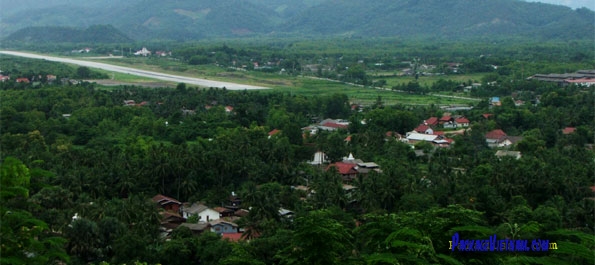
Climate
Laos' climate is driven by monsoons which is similar to other South-East Asian countries. But different areas of the country have slightly different average temperatures and annual rainfalls.
The south-west monsoon, starts from May through October helps to make up the rainy season. While rainfalls are heavier in the areas along the Annamite chain, rainfalls tend to be less heavy in the northern areas of Luang Prabang, Sainyabuli and Xieng Khuang. The biggest rainfalls are found in the areas in the south of the Annamite Mountain Range.
Bolaven Plateau of Champasak Province receives 3,700 millimeters annually; Savannakhet receives 1,440 millimeters annually; Vientiane receives about 1,700 millimeters, and Luang Prabang receives about 1,360 millimeters.
The north-east monsoon blowing through Laos from November through February makes up the cool and dry season in the country.
From March through April, there's no specific monsoon trend which makes the air hot and dry.
The temperatures vary from one place to another depending on the season and the elevation. The highest temperature of 40 Degrees Celsius and the lowest temperature of 12 Degrees Celsius may be found in the low-lying areas of the Mekong River Valleys. While it may drop down to 0 Degrees Celsius at night in the mountainous areas of Xieng Khuang. The average temperatures may vary from 25-29 Degrees Celsius in the rainy seasons in different areas of the country. In the highland areas, it may be 5 Degrees Celsius lower compared to the lesser elevation areas.
Rainy season may make the roads in poor conditions, everything wet while bringing the best waterfall pictures; and the dry season may make your tours more pleasant and comfortable. March and April may be hot and dry, but it is the festive season in Laos and you may have a sensational experience traveling in the country at this time. It's always have good plan so that you travel in Laos at the most suitable time for you.




 Print
Print 




